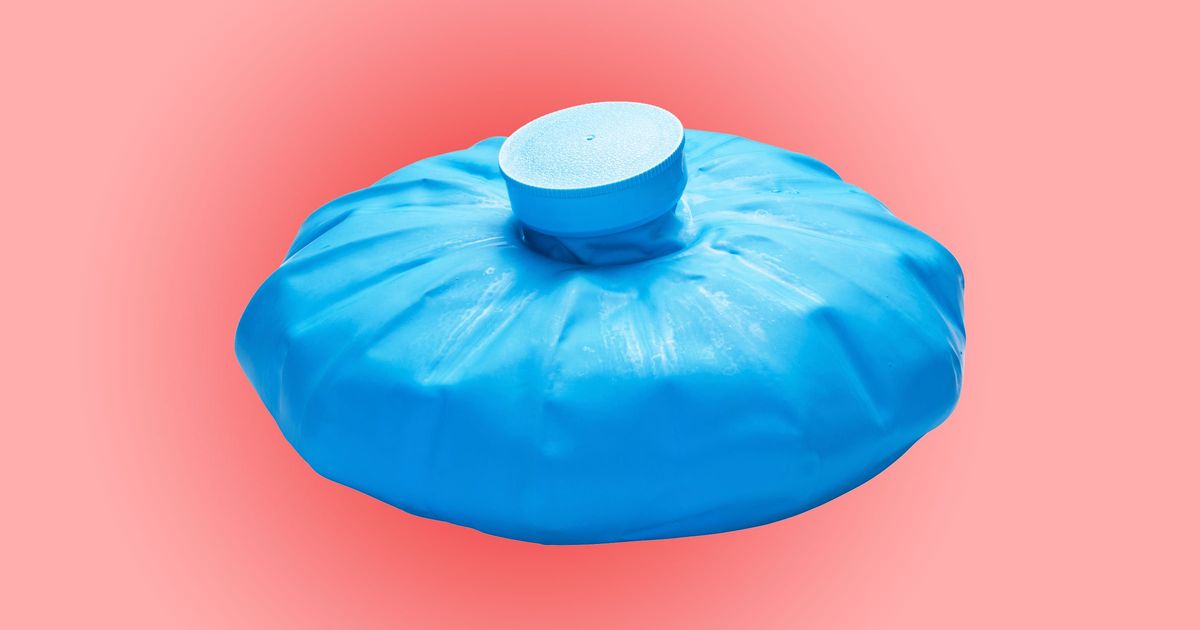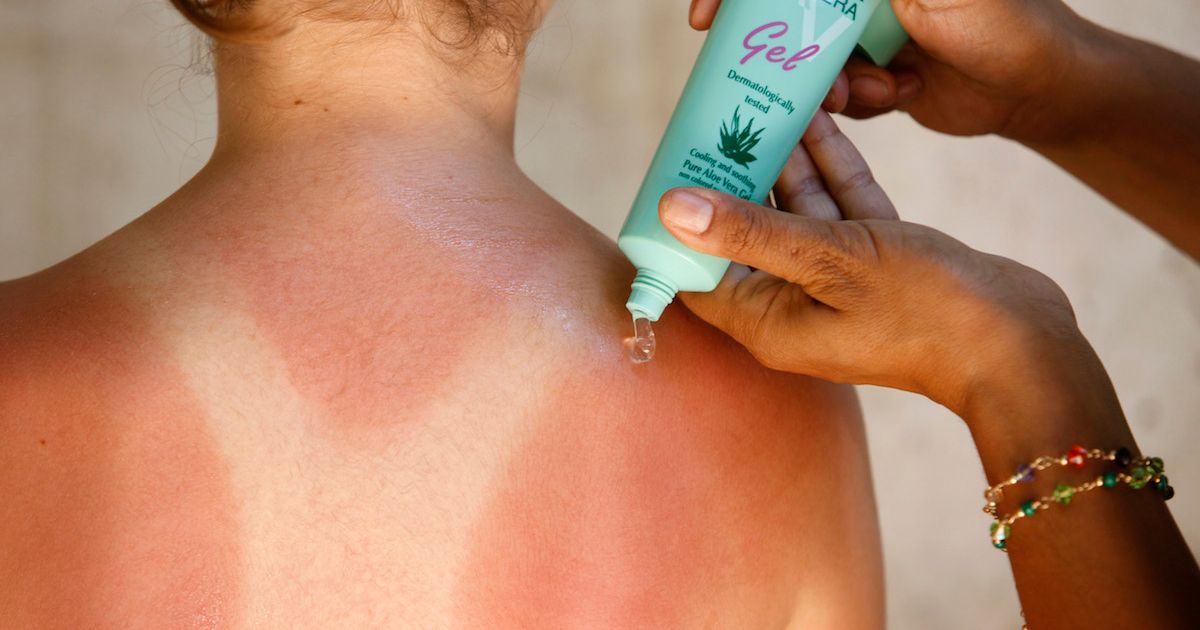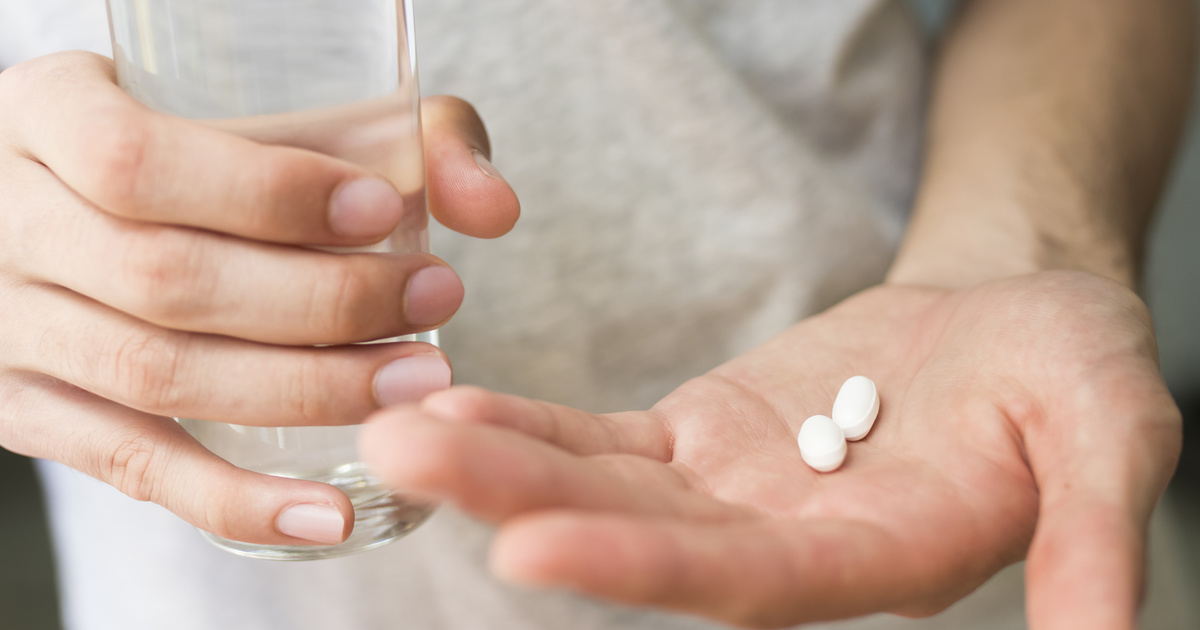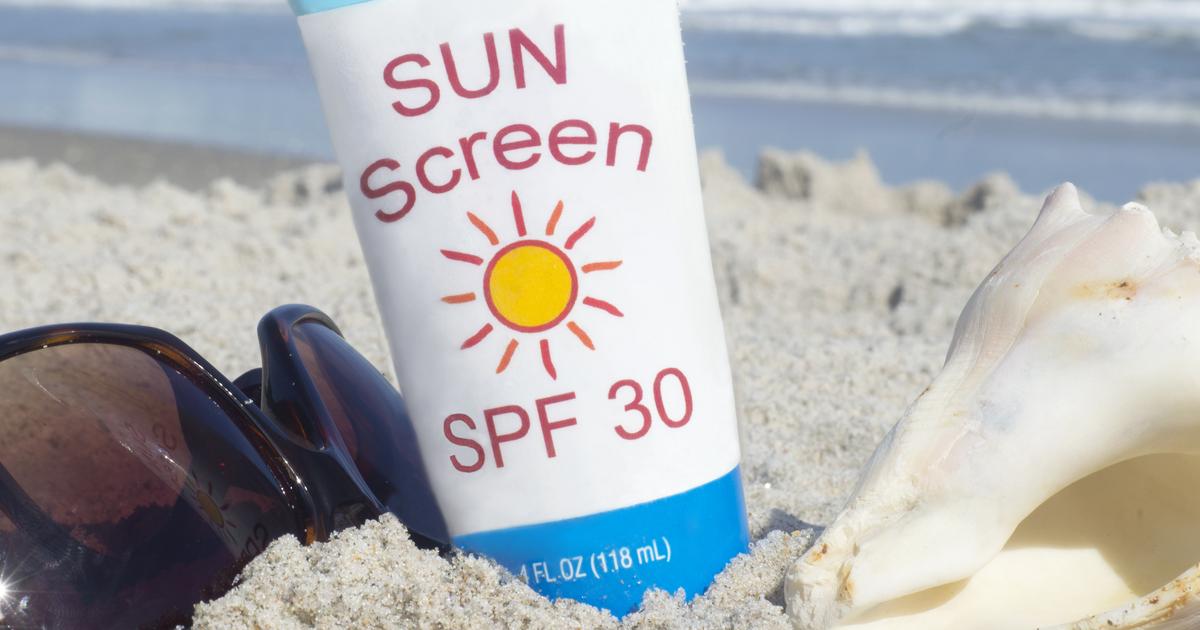Guide To Treating And Preventing Sun Poisoning
Sun poisoning is an allergic reaction to too much ultraviolet radiation. It presents as severe sunburn, but symptoms can progress. Also known as polymorphic light eruption, sun poisoning can be activated by certain medications or exposure to plants like wild parsnip and lime. Symptoms include itchy or painful red bumps that raise into patches on the skin. These bumps can progress to scale, bleed, crust over, or turn into hives or blisters. Often accompanying sun poisoning is a fever, nausea, chills, headache, dehydration, and in extreme cases, fainting. Several risk factors enhance an individual’s chances of developing sun poisoning including fair-skinned individuals, living near the equator, and taking certain medications. Thankfully, there are treatment options for sun poisoning. Learn about them now.
Stay Out Of The Sun

Symptoms of sun poisoning can begin to clear up in as few as one to two days if the individual can stay out of the sun. Staying out of the sun is not only imperative if an individual has already developed sun poisoning, but also as a preventative to developing it. The sun’s most powerful ultraviolet rays occur between the hours of 10 am and 4 pm. If an individual cannot completely limit their sun exposure, it is important to use sunscreen with a sun protection factor (SPF) of at least thirty, and wear protective clothing during these hours. Some fabrics have built-in sunscreen adding extra protection from the sun. It is also important to try to build sun exposure gradually. This is especially important during the changing of seasons when individuals may not have been outdoors much and when vacationing in sunny destinations.
Keep reading to learn more about how to treat sun poisoning.
Apply Cool Compresses

Applying cool, not cold, compresses to the affected areas can help alleviate swelling, itching, and pain. Fill a bowl with water and ice cubes and soak a rag or some gauze in it. Milk and water can also be mixed for enhanced soothing. Wring it well and gently place it on the affected skin. Pain may initially intensify but will subside quickly. When the rag begins to warm from body heat, repeat the process. The cool temperature will not only counteract the burning feeling, but it will also help constrict blood vessels below the skin, thus relieving inflammation. Individuals should always apply cool compresses to the skin and never ice or other frozen items, as this can lead to adhesion to the skin, further irritating and aggravating the condition. In some cases, it can freeze the skin causing frostnip or even frostbite.
Discover more methods of treating sun poisoning now.
Drink Extra Fluids

Dehydration is one of the symptoms of sun poisoning, so it is important to replenish electrolytes. It is easy for dehydration to progress and lead to vision problems, dizziness, muscle cramps, and fainting. Extreme dehydration can require hospitalization and must be treated with intravenous solution. Individuals should drink extra fluids like water, electrolyte drinks, and juices. Sun poisoning can cause insensible water loss through fever, so it is necessary to rehydrate. Drinking too much water, however, can dilute the blood of necessary electrolytes so individuals must alternate between water and juice or electrolyte drinks. Another important note is to drink room temperature fluids, as cold beverages can increase the chance of developing chills.
Learn more ways to treat sun poisoning now.
Take A Cool Shower

Individuals should take a cool shower or bath to relieve burning. As with ingesting fluids, the shower or bath should be cool and not cold, as cold showers can increase the chance of developing a chill. A cold bath could even cause hypothermia, further complicating the effects of sun poisoning. If an individual develops a chill, there will be no therapeutic effects from a cool shower, and instead, pain and inflammation will most likely intensify. Similar to applying cool compresses, submersion into cool water reduces inflammation by constricting vessels and tissues in the skin. It also numbs nerve endings, which will reduce pain and sensitivity. Additives like bath salts or soaps should not be used as they can further irritate the skin causing more pain or itching.
Continue to get more details on treating sun poisoning now.
Use A Cooling Moisturizer

The outer layer of skin affected by sun poisoning will most likely begin to peel off in a few days to a week. In the interim, individuals can use a cooling moisturizer to soothe their skin and provide some pain relief. Cooling moisturizers often contain aloe, a plant-derived gel with cooling and moisturizing properties. Many ingredients can alleviate the burning sensation of sun-poisoned skin such as yogurt, milk, and menthol. Many moisturizers incorporate these ingredients into lotions for the added benefit of cooling and moisturizing. After-sun gels and creams are made specifically for providing relief to sunburned skin. These cooling moisturizers can be found in most pharmacies.
Learn more about how to effectively treat sun poisoning now.
Take Over-The-Counter Pain Reliever Medication

Patients who have a mild case of sun poisoning may want to take over-the-counter pain reliever medication to ease the discomfort associated with this condition. Generally, doctors recommend taking acetylsalicylic acid (ASA), ibuprofen, or naproxen to start. Due to the risk of Reye's syndrome, individuals under nineteen years old should not take ASA. All patients taking over-the-counter pain relievers should take no more than the recommended dose, and the medication should be used for the shortest possible amount of time.
Patients who have hypertension, liver, or kidney issues need to consult their doctor before using ibuprofen. The medication can cause side effects, including upset stomach, mild itching, dizziness, diarrhea, and ringing in the ears. The recommended adult dosage of oral ibuprofen is two to four hundred milligrams every four to six hours, and patients should take no more than 3200 milligrams per day. Taking more than four hundred milligrams at one time has not been shown to be any more effective than the standard dose. Individuals taking naproxen should remain vigilant for potential side effects such as heartburn, stomach pain, nausea, headaches, and bruising. Some individuals taking this medication may also experience chest tightness and breathing difficulties. Patients using oral naproxen can start with a one-time dose of 440 milligrams in the first hour, and follow-up doses of 220 milligrams can be taken every eight to twelve hours if symptoms continue. No more than 660 milligrams of naproxen should be used in a twenty-four-hour period.
Get more details on the best ways to treat sun poisoning now.
Seek Immediate Medical Care

In addition to skin redness, blistering, and pain, patients who have sun poisoning may develop a fever, chills, nausea, dizziness, and dehydration, along with confusion, fainting, and an upset stomach. Patients who believe they may be experiencing sun poisoning are advised to seek immediate medical care at an urgent care facility or at the emergency room. While at the medical facility, clinicians will check the patient's temperature, blood pressure, respiration, and other vital signs. They will listen to the patient's heart and lungs and ask about any nausea or upset stomach. A mental status exam and a neurological exam might be performed to evaluate signs of confusion or dizziness, and doctors will also examine the patient for symptoms of dehydration. If necessary, intravenous fluids can be administered to rehydrate the patient and balance their electrolytes. Pain relievers will be provided, and clinicians may also begin treating the blistering, redness, and other skin symptoms the patient might have.
Keep reading to reveal the key options for the prevention of sun poisoning now.
Wear Quality Sunscreen

To reduce the risk of sun poisoning, dermatologists advise everyone to wear quality sunscreen with a sun protection factor (SPF) of at least thirty. Sunscreens are available in both spray and cream formulations, and many types are water-resistant. In general, doctors advise that patients wear sunscreen at all times while outdoors, and it is especially important to reapply it every two hours. Even if it is a cloudy day, dermatologists still recommend wearing sunscreen. Individuals need to ensure they apply sunscreen to all exposed skin, including the face, neck, and backs of the ears. The tops of the feet and the hands are frequently forgotten. Patients should remember to apply a lip balm with at least SPF 15 before going outside. For most adults, one ounce of sunscreen is enough for a single application across the body. Sunscreen needs to be applied at least fifteen minutes before an individual goes outside, and patients should reapply it immediately after they get out of the water.
Uncover the next way to prevent sun poisoning now.
Wear Sun Protective Clothing

Patients who wear sun protective clothing along with their sunscreen may lower their risk of sun poisoning. Sun protective clothing is made of certain fabrics graded according to their ultraviolet protection factor (UPF). Lycra, polyester, nylon, elastane, and denim generally have very high UPF grades. When choosing sun protective clothing, opt for items that have a UPF rating of at least fifty to ensure maximum protection. Many companies now offer t-shirts, pants, and hats with UPF ratings. Doctors recommend that individuals wear long-sleeves and long pants when outdoors to reduce overall sun exposure, and this is advisable even if patients opt for clothing with a high UPF rating. Lightweight linen tops with long sleeves and special swim leggings or dresses are ideal choices for maximizing sun protection. Wide-brimmed hats are also recommended to keep the sun off of the face.